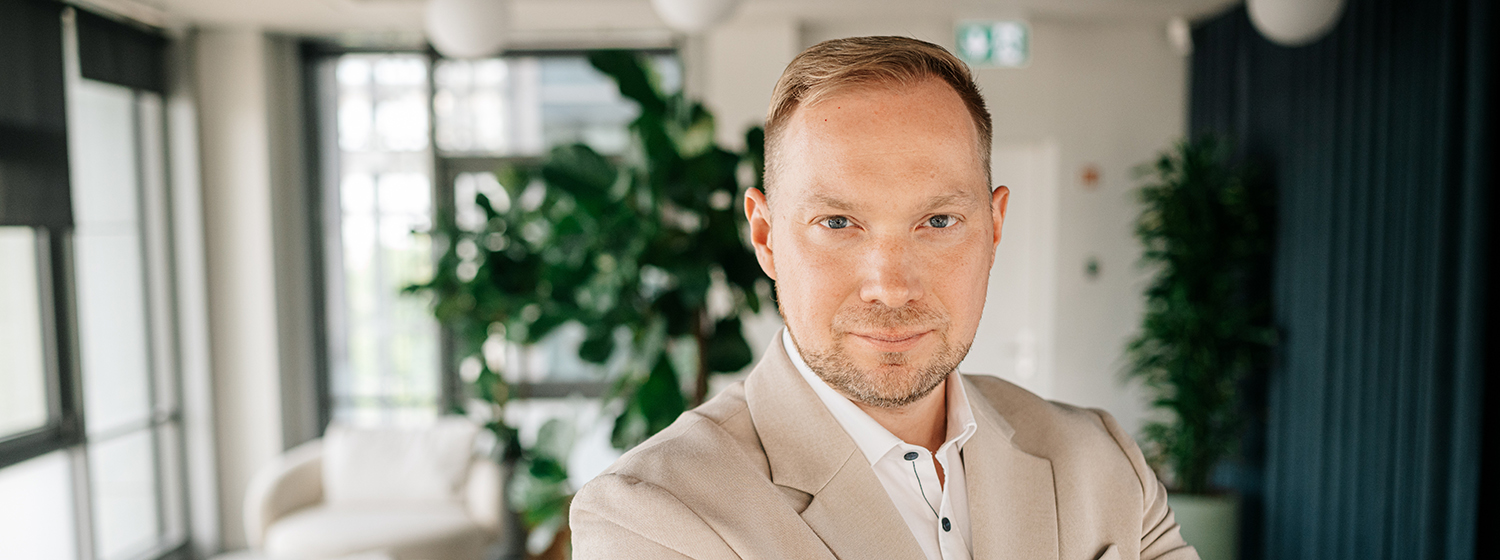Parabank is a digital challenger bank focused on improving financial access for people with disabilities in Brazil. Its founder, Gelson Junior, shares with Qorus' Boris Plantier what makes the bank unique and outlines the plan to grow while providing greater accessibility to its customers.
What is the standard profile of your target customer? What has been key to your customer acquisition success?
Our target audience covers a wide range of clients, but we focus particularly on people with disabilities who face challenges when trying to open digital accounts at other financial institutions. Parabank is being transformed to be accessible and inclusive, offering a personalized and simplified experience for everyone. This commitment to inclusion has been fundamental to our customer acquisition success. By ensuring that individuals overlooked by other banks now have access to comprehensive financial services tailored to their needs, we build trust and loyalty. Our solutions, which respect and value the unique needs of each customer, help set us apart in the market.








